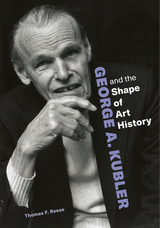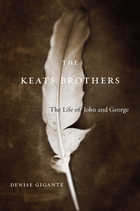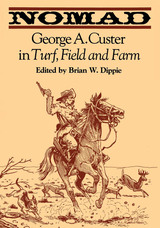
Art historian George A. Kubler (1912–1996) was a foundational scholar of ancient American art and archaeology as well as Spanish and Portuguese architecture. During over five decades at Yale University, he published seventeen books that included innovative monographs, major works of synthesis, and an influential theoretical treatise. In this biography, Thomas F. Reese analyzes the early formation, broad career, and writings of Kubler, casting nuanced light on the origins and development of his thinking.
Notable in Reese’s discussion and contextualization of Kubler’s writings is a revealing history and analysis of his Shape of Time—a book so influential to students, scholars, artists, and curious readers in multiple disciplines that it has been continuously in print since 1962. Reese reveals how pivotal its ideas were in Kubler’s own thinking: rather than focusing on problems of form as an ordering principle, he increasingly came to sequence works by how they communicate meaning. The author demonstrates how Kubler, who professed to have little interest in theory, devoted himself to the craft of art history, discovering and charting the rules that guided the propagation of structure and significance through time.

John and George Keats—Man of Genius and Man of Power, to use John’s words—embodied sibling forms of the phenomenon we call Romanticism. George’s 1818 move to the western frontier of the United States, an imaginative leap across four thousand miles onto the tabula rasa of the American dream, created in John an abysm of alienation and loneliness that would inspire the poet’s most plangent and sublime poetry. Denise Gigante’s account of this emigration places John’s life and work in a transatlantic context that has eluded his previous biographers, while revealing the emotional turmoil at the heart of some of the most lasting verse in English.
In most accounts of John’s life, George plays a small role. He is often depicted as a scoundrel who left his brother destitute and dying to pursue his own fortune in America. But as Gigante shows, George ventured into a land of prairie fires, flat-bottomed riverboats, wildcats, and bears in part to save his brothers, John and Tom, from financial ruin. There was a vital bond between the brothers, evident in John’s letters to his brother and sister-in-law, Georgina, in Louisville, Kentucky, which run to thousands of words and detail his thoughts about the nature of poetry, the human condition, and the soul. Gigante demonstrates that John’s 1819 Odes and Hyperion fragments emerged from his profound grief following George’s departure and Tom’s death—and that we owe these great works of English Romanticism in part to the deep, lasting fraternal friendship that Gigante reveals in these pages.

Between 1867 and 1875, George Armstrong Custer contributed fifteen letters under the apt pseudonym Nomad to the New York-based sportsman's journal Turf, Field and Farm. Previously available only in a collector's typescript edition, the Nomad letters offer valuable insight into the character of the Boy General as he gives expression to his abiding love for hunting, horses, and hounds.
Vivid accounts of days in the field after buffalo and deer alternate with letters that attest to Custer's passion for Kentucky thoroughbreds and trotters and his devotion to his favorite hunting dogs. Moreover, the letters show Custer as a student of literature who constandy alluded to works of fiction and drama and who loved to quote poetry as he self-consciously honed his skills as a writer.
The Nomad letters also open the way to controversy since three of the letters written in 1867, as Brian Dippie's careful annotations make clear, offer a strikingly different account of Custer's ill-starred induction into Indian fighting than the accepted version recorded five years later in his memoirs, My Life on the Plains. Composed only a few months after the abortive Hancock Expedition that led to Custer's court-martial and suspension from rank and pay for one year, the Nomad letters are full of a passion and venom absent from My Life on the Plains. They provide an immediate response to the events of 1867 that will interest all students of the Western Indian wars and of Custer's fascinating career.
READERS
Browse our collection.
PUBLISHERS
See BiblioVault's publisher services.
STUDENT SERVICES
Files for college accessibility offices.
UChicago Accessibility Resources
home | accessibility | search | about | contact us
BiblioVault ® 2001 - 2024
The University of Chicago Press









